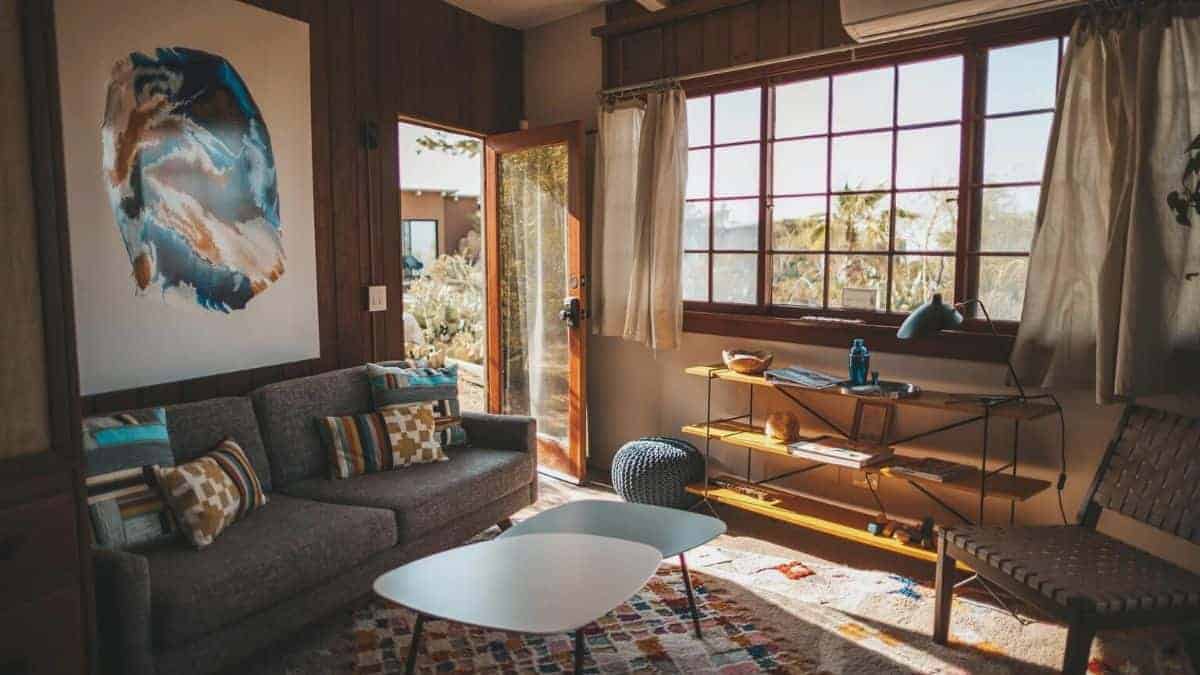Even though we spend a lot of time in our houses, most new Spanish speakers have issues to talk about daily activities with the proper vocabulary. Every object or piece of furniture has its own word(s) and the more things you have in your living room, for instance, the more daunting it can seem to learn the corresponding vocab in Spanish.
That’s why in this article, we compiled a list of Spanish vocabulary for the living room. You’ll learn the nouns and verbs that will help you improve your communication when talking about furniture, objects you can find and also activities you do in your living room.
Here’s the breakdown of this Spanish vocabulary guide:
- Living Room Vocab: Words for Furniture and Objects
- Useful Verbs to Express Living Room Activities
- Phrase Structure & Example Sentences to Practice the Vocabulary
- Common Expressions to Use with People & Guests in the Living Room
By the end of it, you’ll have not only learned 50+ new Spanish nouns for living room furniture and objects, but will be able to use it in real-world conversations with the 25+ verbs as well as highly practical sentence structures and common examples you learn in this article.
Spanish Vocabulary for Living Room Objects and Furniture
Below is a list of nouns of objects and furniture that you can find in the living room. Since for most Spanish learners it’s difficult to determine if a noun is masculine or feminine, we included definite articles to help you learn the gender or number of each noun. Remember:
- La – Singular, feminine noun
- El – Singular, masculine noun
- Las – Plural, feminine noun
- Los – Plural, masculine noun
Living Room Furniture & Objects in Spanish
| Image | English | Spanish |
 | Ashtray | El cenicero |
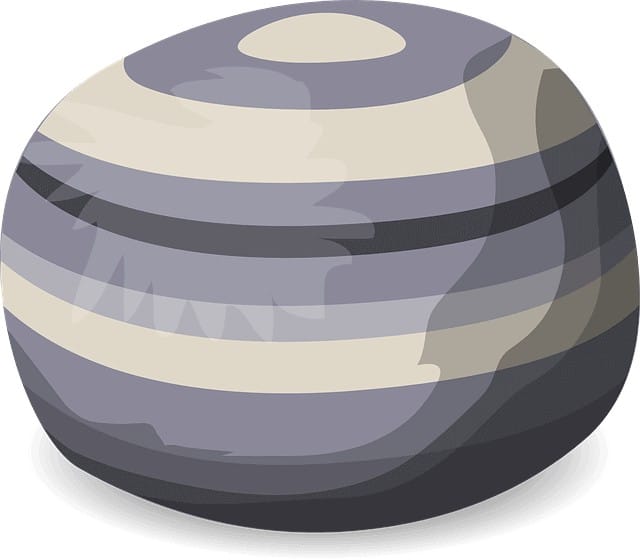 | Bean bag | El puf / La bolsa de frijoles |
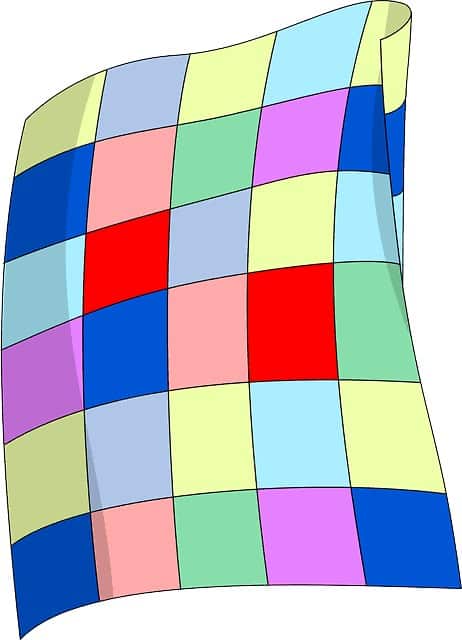 | Blanket / Comforter | La manta / La cobija |
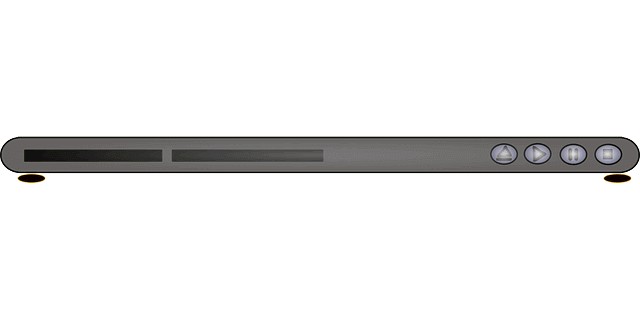 | Blu-ray player | El Blu-Ray |
 | Bookcase / Bookshelf | El librero / La estantería |
 | Books | Los libros |
 | Carpet | La alfombra |
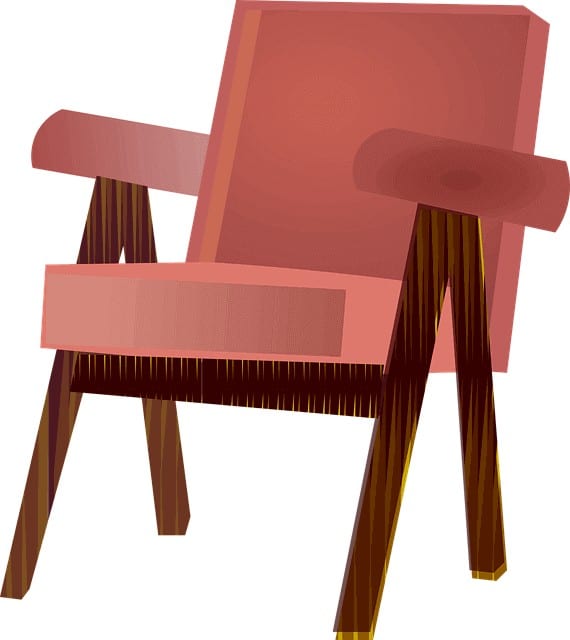 | Chair | La silla |
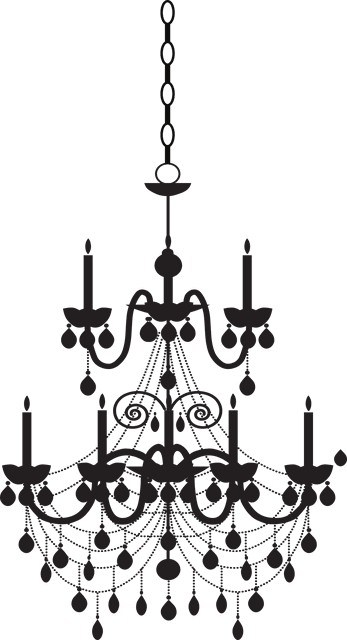 | Chandelier | La araña / El candelabro de techo |
 | Clock | El reloj |
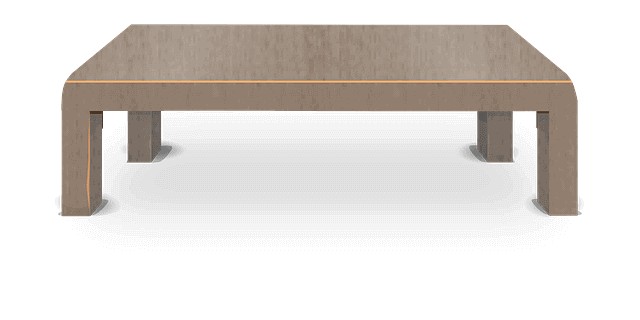 | Coffee table | La mesa de centro |
 | Couch / Sofa | El sillón / El sofá |
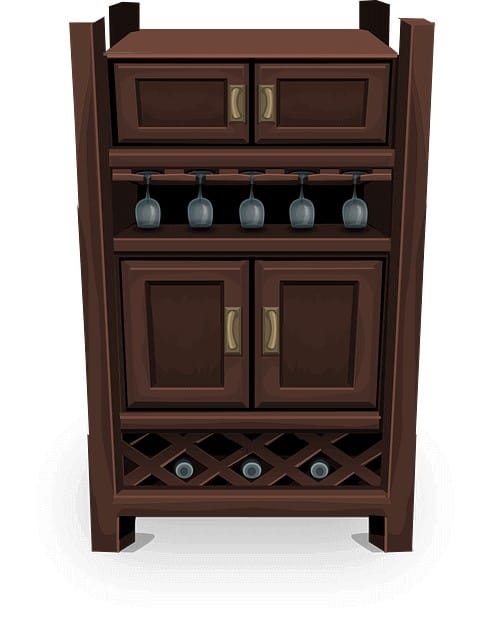 | Cupboard | El gabinete |
 | Curtain rod | El cortinero |
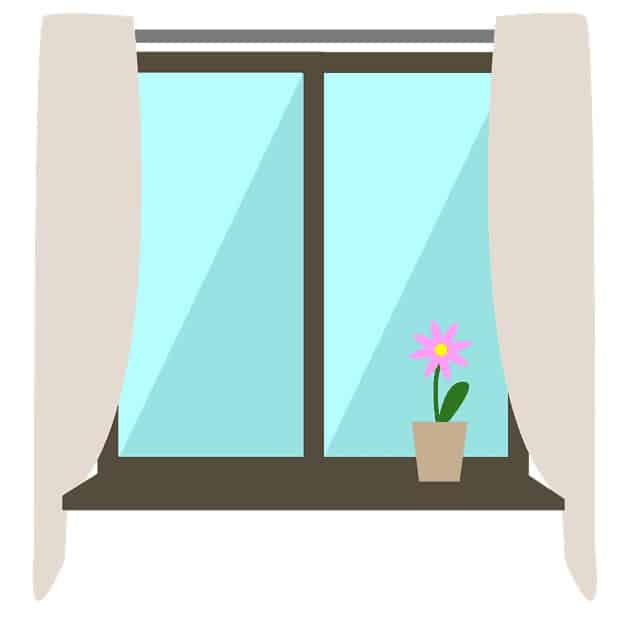 | Curtains | Las cortinas |
 | DVD player | El DVD |
 | Fan | El ventilador |
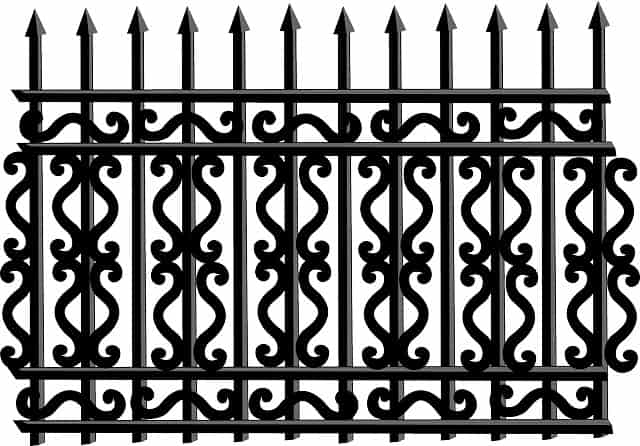 | Fireguard | El salvachispas / La pantalla para chimenea |
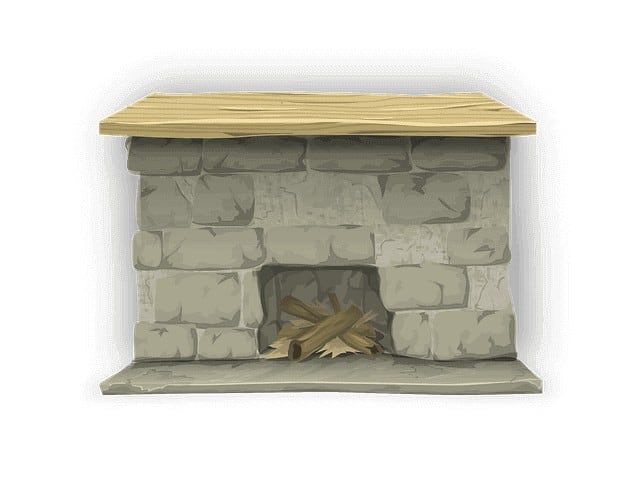 | Fireplace | La chimenea |
 | Firewood | La leña |
 | Flat screen TV | La pantalla plana |
 | Flowers | Las flores |
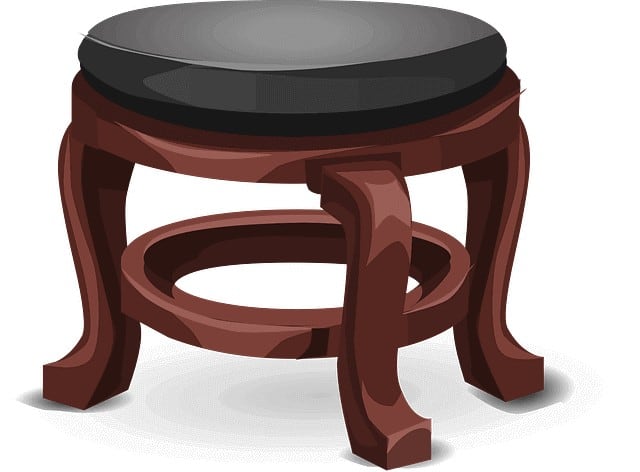 | Footstool / ottoman | El reposapiés / El taburete |
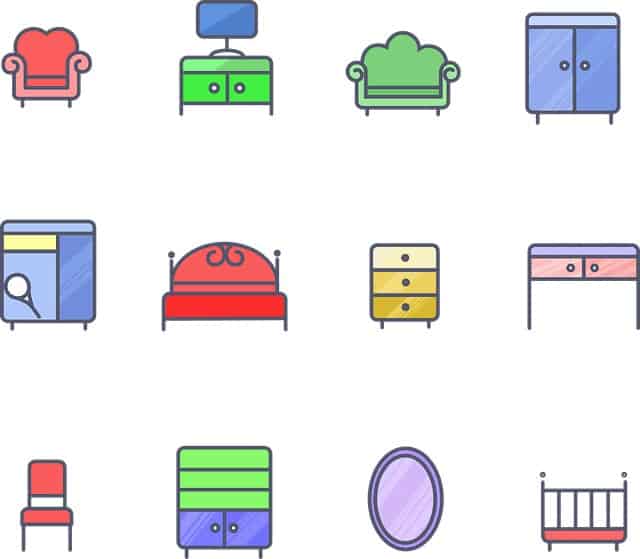 | Furniture | Los muebles |
 | Guests | Los invitados |
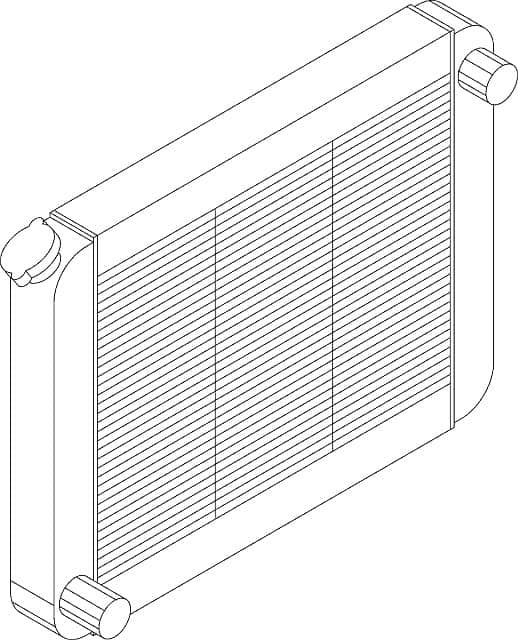 | Heater / Radiator | La calefacción / El radiador |
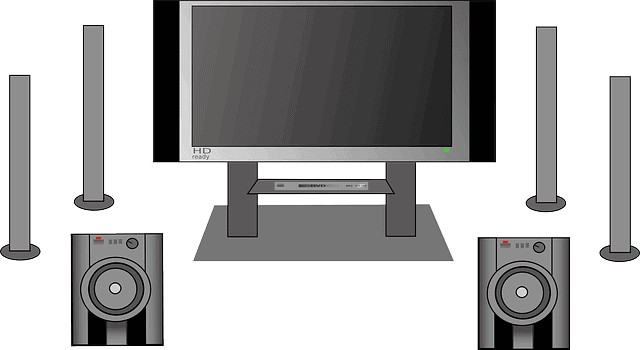 | Home theater | El teatro en casa |
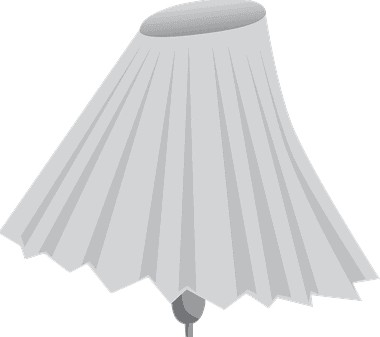 | Lampshade | La pantalla de lámpara |
 | Light bulb | La bombilla / El foco |
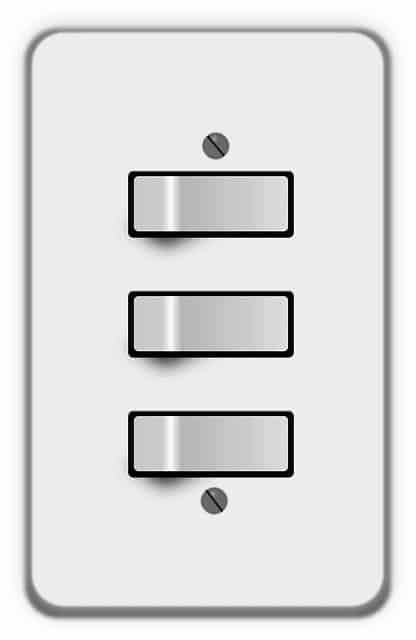 | Light Switch | El interruptor |
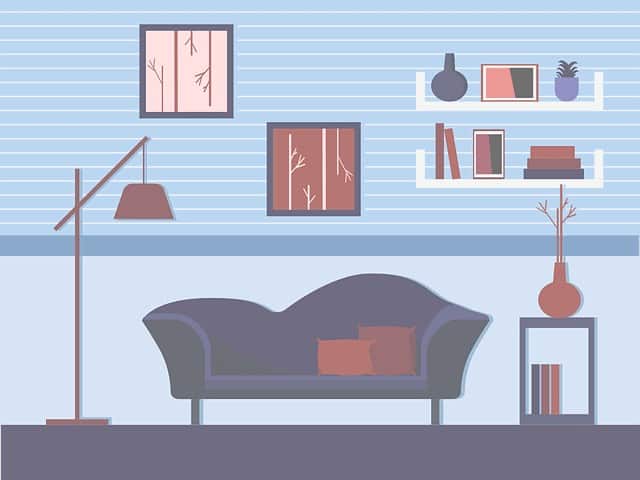 | Living room / Lounge | La sala / La sala de estar |
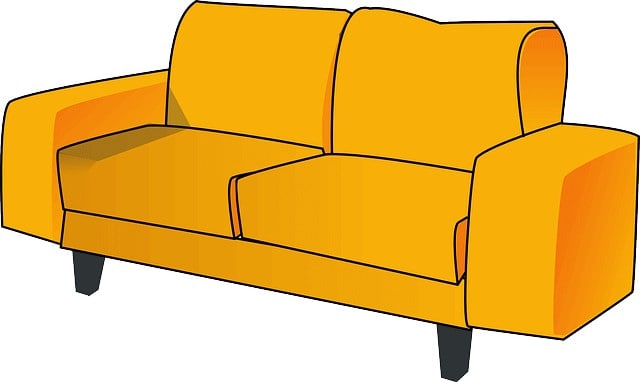 | Loveseat | El sofá biplaza |
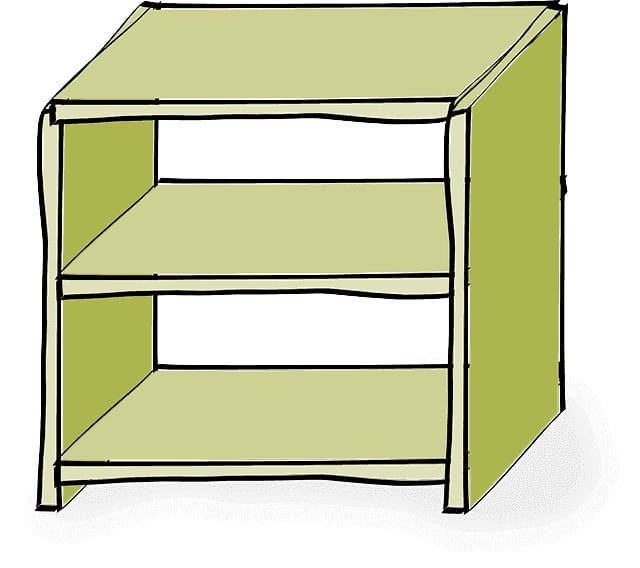 | Magazine rack | El revistero |
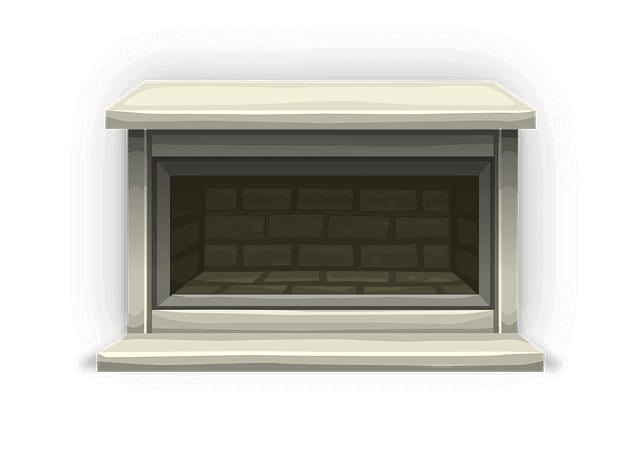 | Mantelpiece | La repisa de la chimenea |
 | Movie | La película |
 | Photo frame / Picture frame | El portarretratos |
 | Picture / Painting | El cuadro |
 | Picture / Photo | La fotografía |
 | Plant pot | La maceta |
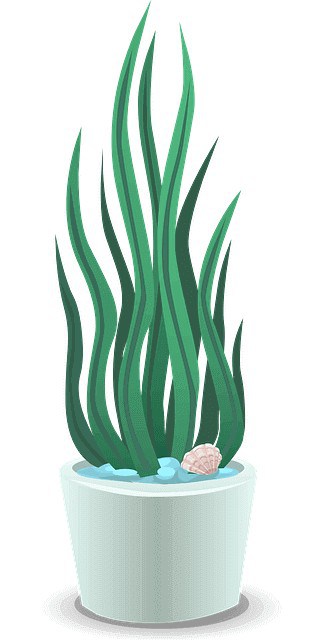 | Plants | Las plantas |
 | Power outlet | El enchufe |
 | Radio | La radio / El radio |
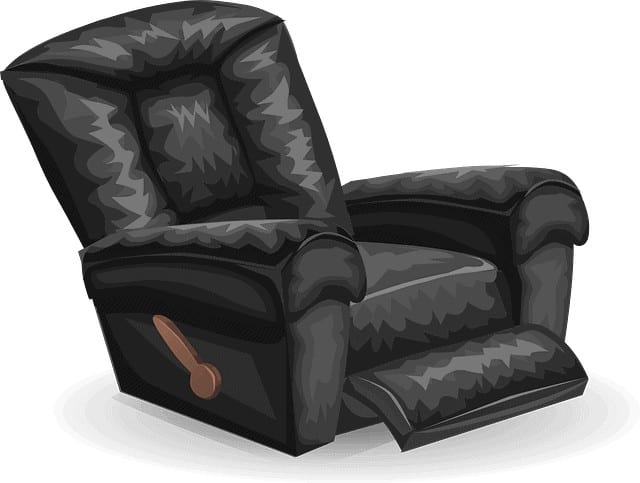 | Recliner / Lazyboy | El sillón reclinable / La silla reclinable |
 | Remote control | El control remoto / El mando a distancia |
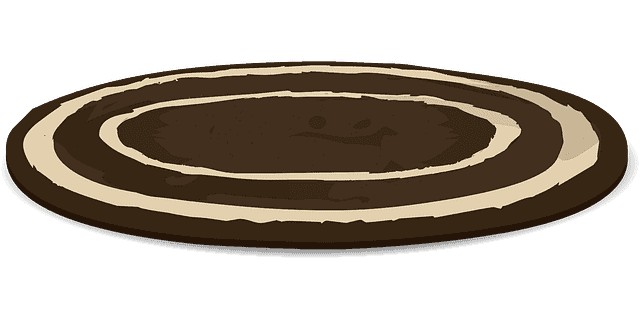 | Rug | El tapete |
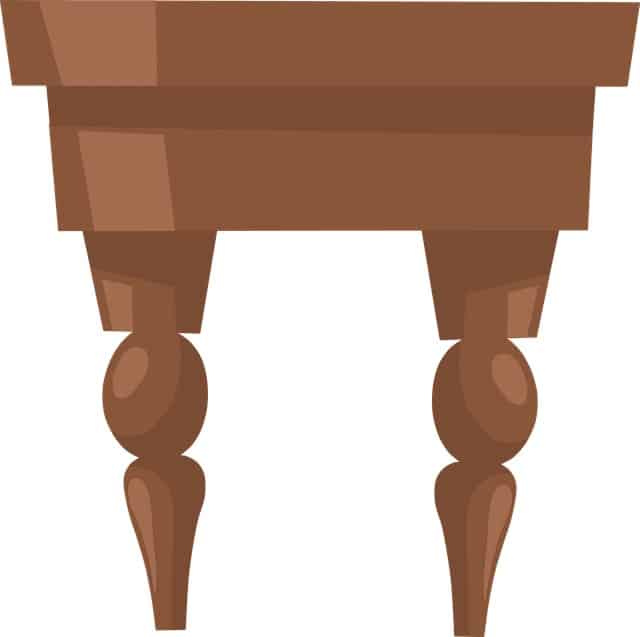 | Side table | La mesa lateral |
 | Slipcover / Sofa cover | La funda para sillón |
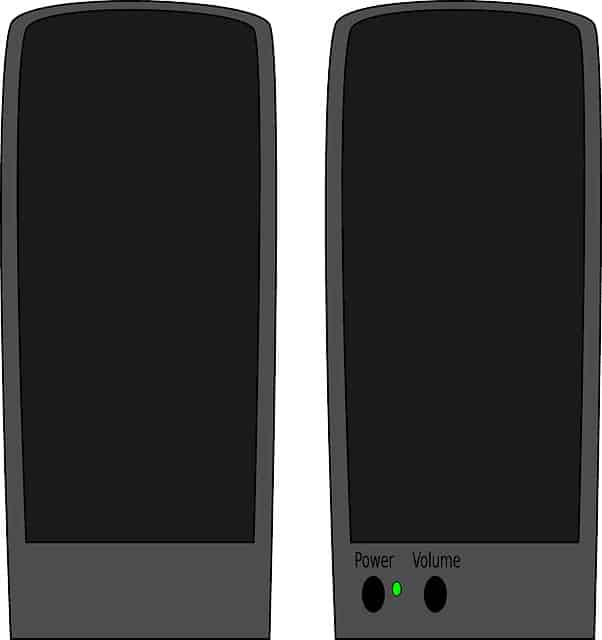 | Speakers | Las bocinas / Los altavoces |
 | Stereo | El estéreo |
 | Table lamp / Desk lamp | La lámpara de mesa |
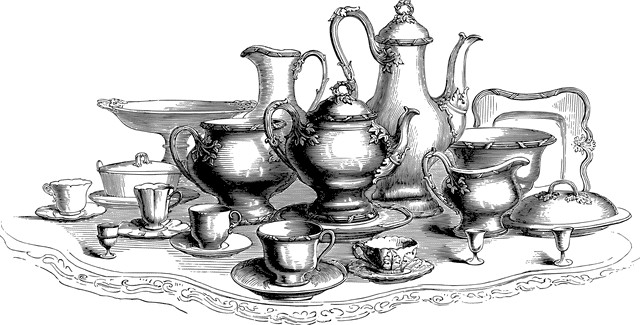 | Tea set | El juego de té |
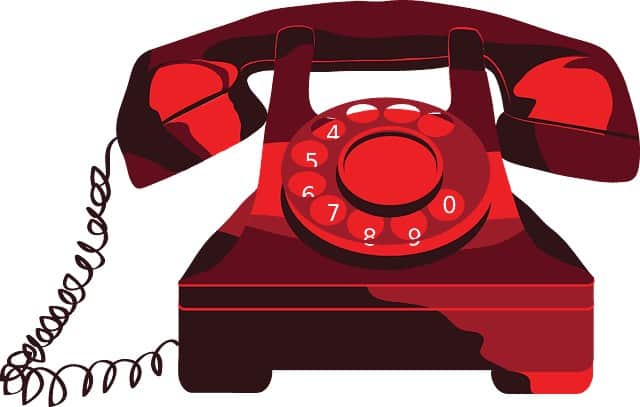 | Telephone | El teléfono |
 | Throw pillow / Cushion | El cojín |
 | TV Stand / Media stand | El aparador |
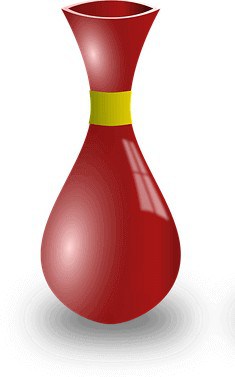 | Vase | El florero / El jarrón |
 | Visitors | Las visitas |
 | Volume | El volumen |
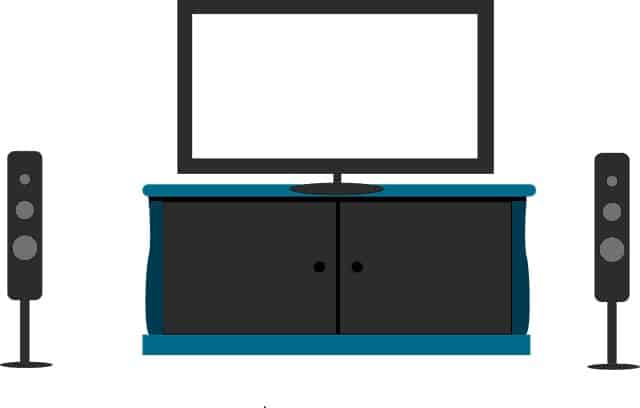 | Wall unit / Entertainment unit | El centro de entretenimiento |
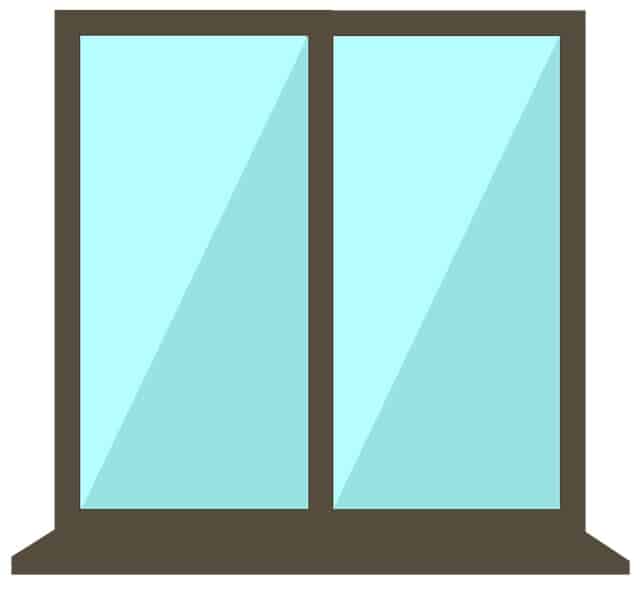 | Window | La ventana |
Common Spanish Verbs Used in Living Room Contexts
Here is a list of common verbs that you can use to talk about your actions or activities in the living room. Some of these verbs will have synonyms. This is because in some Spanish speaking countries they may use one verb more than the other. However, the vocabulary that we provide you here is common for all countries. Therefore, feel confident to use all these words.
| English | Spanish |
| To chat / To talk | Platicar / Conversar |
| To choose | Elegir |
| To clean | Limpiar |
| To close | Cerrar |
| To decorate | Decorar |
| To drink | Beber / Tomar |
| To dust | Sacudir |
| To gather | Reunirse |
| To lay | Acostarse / Tumbarse |
| To lean back / To lie down | Reclinarse |
| To light a fire | Encender / Prender |
| To listen to / Hear | Escuchar |
| To open | Abrir |
| To play | Jugar |
| To prop | Apoyar / Poner |
| To pull down / To turn down the volume | Bajar / Cerrar |
| To pull up / To turn up the volume | Subir |
| To put | Poner |
| To read | Leer |
| To relax | Relajarse |
| To sit | Sentarse |
| To sit back | Recostarse |
| To turn off | Apagar |
| To watch | Ver / Mirar |
| To water | Regar |
Take note: Mirar can also be translated as ‘to look’. However, when talking about ‘watching tv’, in some Spanish speaking countries, people may use ‘mirar’ instead of ‘ver’.
Keep in mind that in the Spanish verbs above that end with ‘se’ are known as reflexive verbs.
Activities, Common Phrases & Examples using Living Room Vocabulary
One of the main purposes of this article is to help you apply the new vocabulary you’ve just learned into your conversations. Therefore, in this section, you’ll find useful expressions, phrase structures, and questions that you can ask when being in the living room.
Describing your activities in the living room
One of the most common ways to apply this living room vocabulary that you just learned is by using it to describe the activities or actions that you do in this room. Here are some Spanish phrase structures that you can use to do that. The following examples are in the present tense. However, you can change the verb conjugation to match your communication needs.
[Verb conjugated] + [complement]
Voy a cambiarle el agua a las flores I’m going to change the water for the flowers
Todas las noches mis papás y yo vemos la televisión Every night my parents and I watch TV
El librero de mi sala tiene muchos libros y revistas The bookcase in my living room has a lot of books and magazines
Mi mamá y mis tías se reúnen en la sala de estar cada dos semanas My mom and my aunts gather in the living room every two weeks
¿Ajustate el sonido de las bocinas? Porque todavía se escucha mal
Did you adjust the speaker’s sound settings? Because it still sounds pretty bad
Additionally, you could also use the following structure to talk about the things you like to do in the living room.
[Indirect pronoun] + gusta [conjugated] + [infinitive verb]
A Paco le gusta sentarse junto a la chimenea Paco likes to sit next to the fireplace
Me gusta recostarme en el sillón a ver televisión o leer I like to lie down on the couch to watch tv or read
A mi familia y a mi nos gusta reunirnos en la sala al final del día My family and I like to gather in the living room at the end of the day
Here you can learn more about how to conjugate ‘me gusta’ in Spanish.
Commands & Instructions – Asking people to do something
On top of talking about the activities or things that you like to do in the living room, you could also use this Spanish vocabulary to ask people to do something. In order to make these sentences relevant to the living room, you will need to use a noun or a verb related to this room.
[Verb imperative] + [complement]
¡Siéntate donde quieras, por favor! Sit wherever you want, please!
Limpia las ventanas, nuestros invitados están por llegar Clean the windows, our guests are about to arrive
Sube las persianas, por favor, porque hay muy poca luz Pull the blinders up, please, because there’s not much light
Cuando termines de tender tu cama, sacude los muebles de la sala
When you finish making your bed, dust the furniture in the living room
You could also use this structure to ask people not to do something.
No + [Verb imperative] + [complement]
No subas los pies a la mesita de centro Don’t put your feet on the coffee table
¡Adrián, no juegues cerca de la chimenea! Adrian, don’t play close to the fireplace!
No platiquen mientras está la película porque no me dejan escuchar! Don’t chat while the movie is on because I can’t listen!
Asking questions about the living room
When you’re in the living room, there are some general phrase structures that will help you make questions and ask others to do things in the living room. Keep in mind that each sentence structure will have its own purpose or intention.
So for instance, the following structure will allow you to ask people to do something for you in a polite way. If you have guests, people may use this structure with you.
¿Poder [conjugated] + [verb in infinitive form] + [complement]?
Lidia, ¿puedo usar tu baño? Lidia can I use your bathroom?
Lalo, ¿me puedes pasar el control remoto? Lalo, can you pass me the remote?
René, ¿puedes subir las persianas? La luz me lastima los ojos René, could you pull the blinds up? The light is hurting my eyes
Here is another way to pose questions in Spanish. You can use this structure to ask about where things are or to ask how to handle an object or device in the living room. Since these structures are widely used in Spanish, so they’re perfect for taking advantage of this new vocab.
¿[Question word] + [verb conjugated] + [noun]?
¿Cómo puedo ajustar mi sillón reclinable? How can I adjust my recliner?
David, ¿dónde está la manta para el sillón? David, where is the blanket for the sofa?
¿Cuándo limpiaste la chimenea? When did you clean the fireplace?
Offering something
Since the living room is the space where you commonly host guests, it’s necessary to learn some Spanish etiquette structures that allow you to interact with people. In this section, we’ll show you three different ways to offer something to your guests.
¿Querer [conjugated] + [noun]?
Pasále, ¿quieres un vaso de agua? Come in, come in, do you want a glass of water?
Papá, mamá, ¿quiere otra taza de café? Dad, mom, do you want another cup of tea?
¿Querer [conjugated] + que + [verb in subjunctive form]?
¿Tienes frío? ¿Quieres que prenda la chimenea? Are you cold? Do you want me to turn on the fireplace?
¿Quieres que abramos las ventanas para que tengas más luz? Do you want us to open the windows so you have more light?
¿Si escuchas bien? O, ¿quieres que le subamos al volumen? Can you hear properly? Or do you want us to turn up the volume?
Although the previous structures are very common they’re also more casual. If you want to be more polite and formal, you could replace the verb ‘querer’ for ‘gustar’ (to like). In this context, ‘gustar’ is not used to talk about likes and dislikes (preferences). Therefore, it will be conjugated as a regular verb.
Amanda, ¿gustas algo más? Amanda, would you like anything else?
¿Tiene frío, Sr. Pérez? ¿Gusta que encendamos la calefacción? Are you cold, Mr. Pérez? Would you like us to turn the heat on?
Take Note: When asking people if they want anything else ‘gustar’ is a verb slightly more formal and polite than ‘querer’. As a result, we use it in formal situations.
Phrases & Expressions for the Living Room
As mentioned before, the living room is a space where family and friends relax and spend time together, but also it’s the place where we host our guests. We included some common Spanish expressions to make people feel welcome in your home. Below the list, you’ll find some examples of how to apply these phrases.
| Spanish | English |
| Aquí tienes tu casa / Aquí tiene su casa | Make yourself at home |
| Estar a tus anchas | At ease / Comfortably |
| Estás en tu casa / Está en su casa | Make yourself at home |
| Pásale / Pasa, Pasa | Come in |
| Ponte cómodo / Pongáse cómodo | Make yourself comfortable |
| Tomar lo que quieras / Servirse lo que quieras | Help yourself |
| Tomarse la molestia / Haberse molestado | To take the trouble to |
Por favor, tomen lo que quieran
Please, help yourself guys
¡Bienvenidos, están en su casa!
Welcome, make yourself at home!
Me gusta relajarme en la sala porque ahí estoy a mis anchas
I like relaxing at the living room because in there I’m at ease
Wrapping Up
In this article, we learned the Spanish words for some of the most common objects that you can find in the living room and also some verbs that will help you talk about your actions or activities.
There’s no doubt that the best way to improve your Spanish is to put into practice in real-life situations. That’s why we also provided you with some useful phrase structures that will allow you to apply this vocabulary into your conversations. With these structures, you will be able to talk about your activities, your likes and dislikes as well as asking people to do something for you in the living room.
Finally, we showed you some questions and Spanish phrases that you can use when you have guests in your living room. Now, you’re ready to start practicing and applying the Spanish vocabulary for the living room into your conversations.

